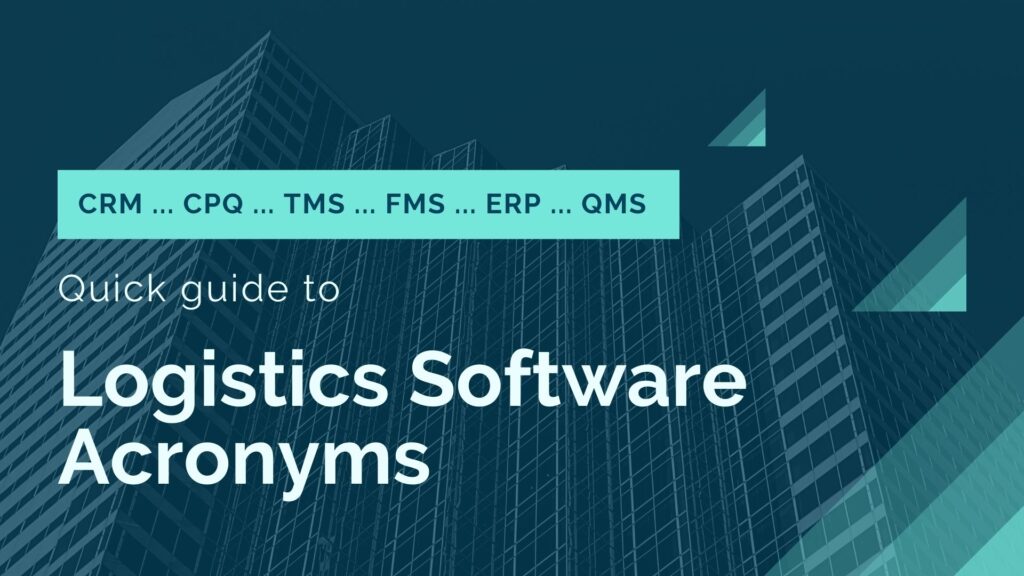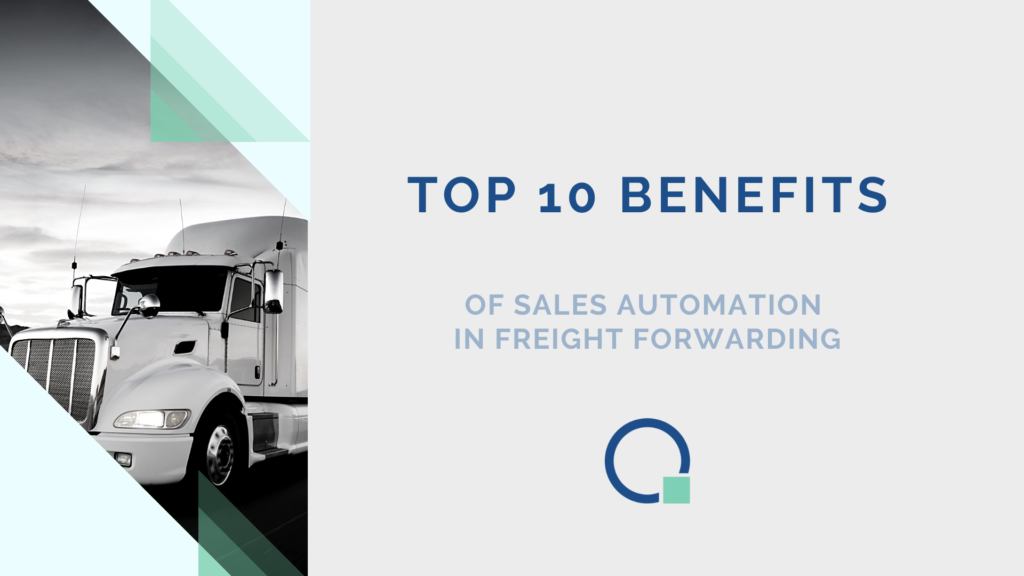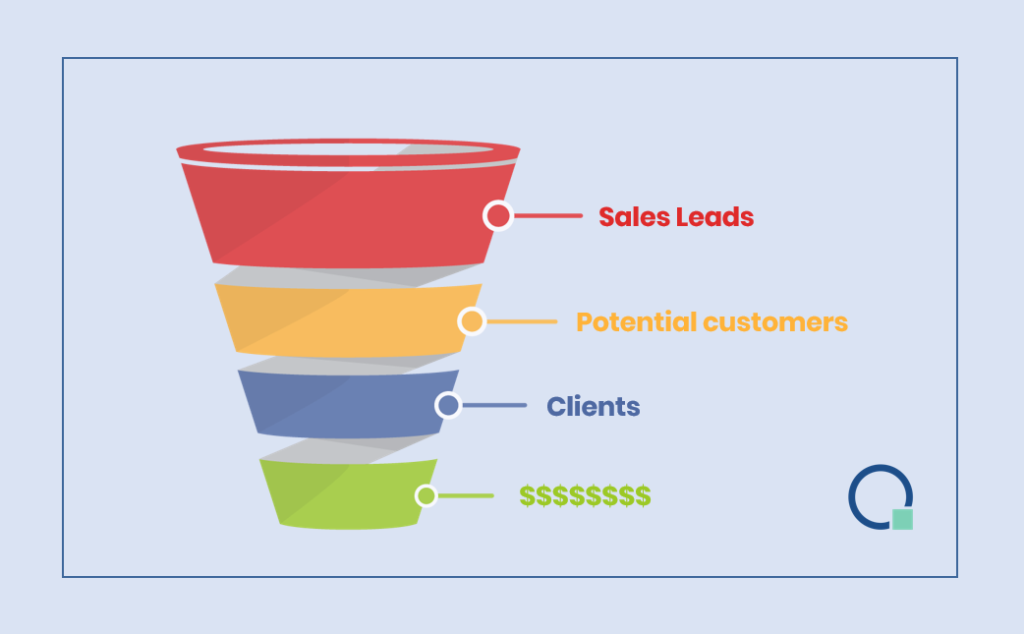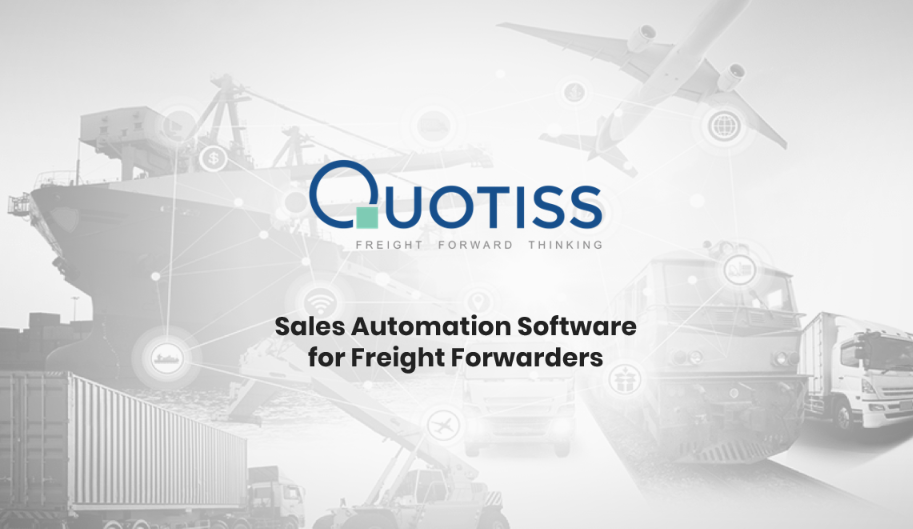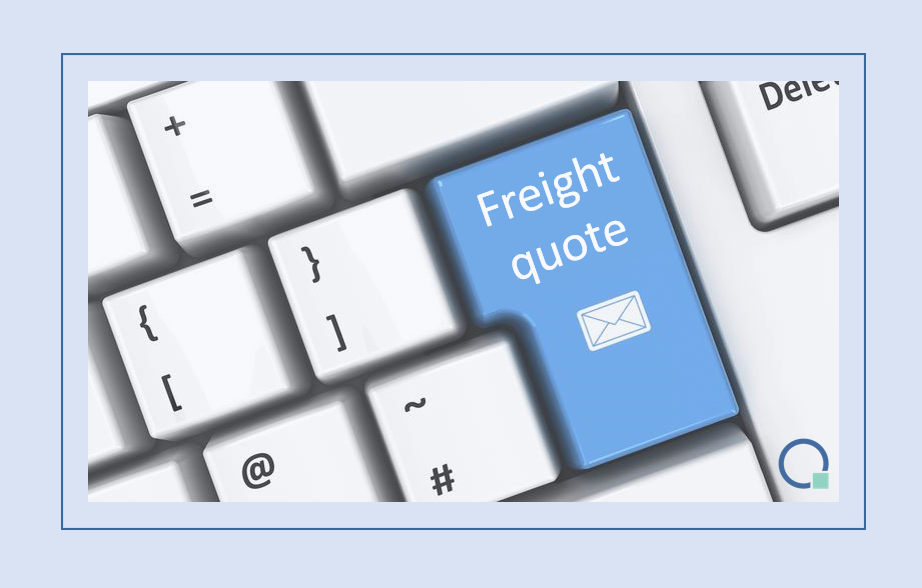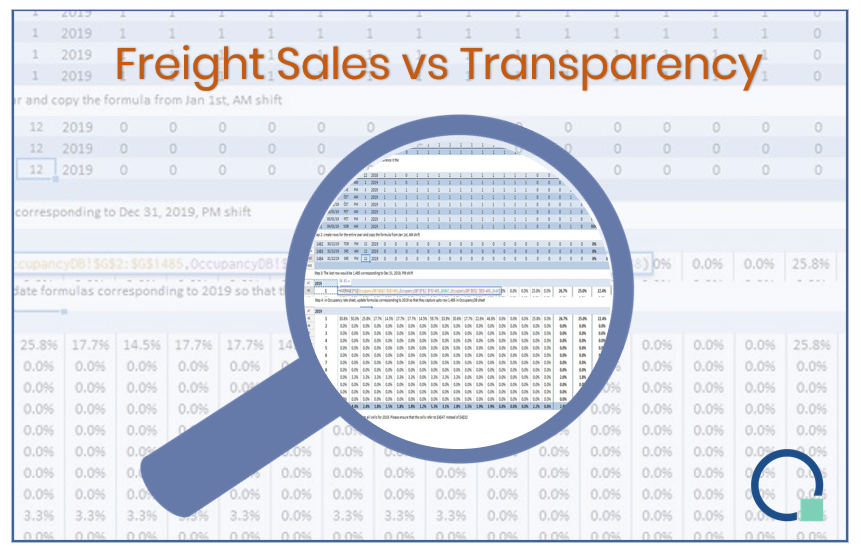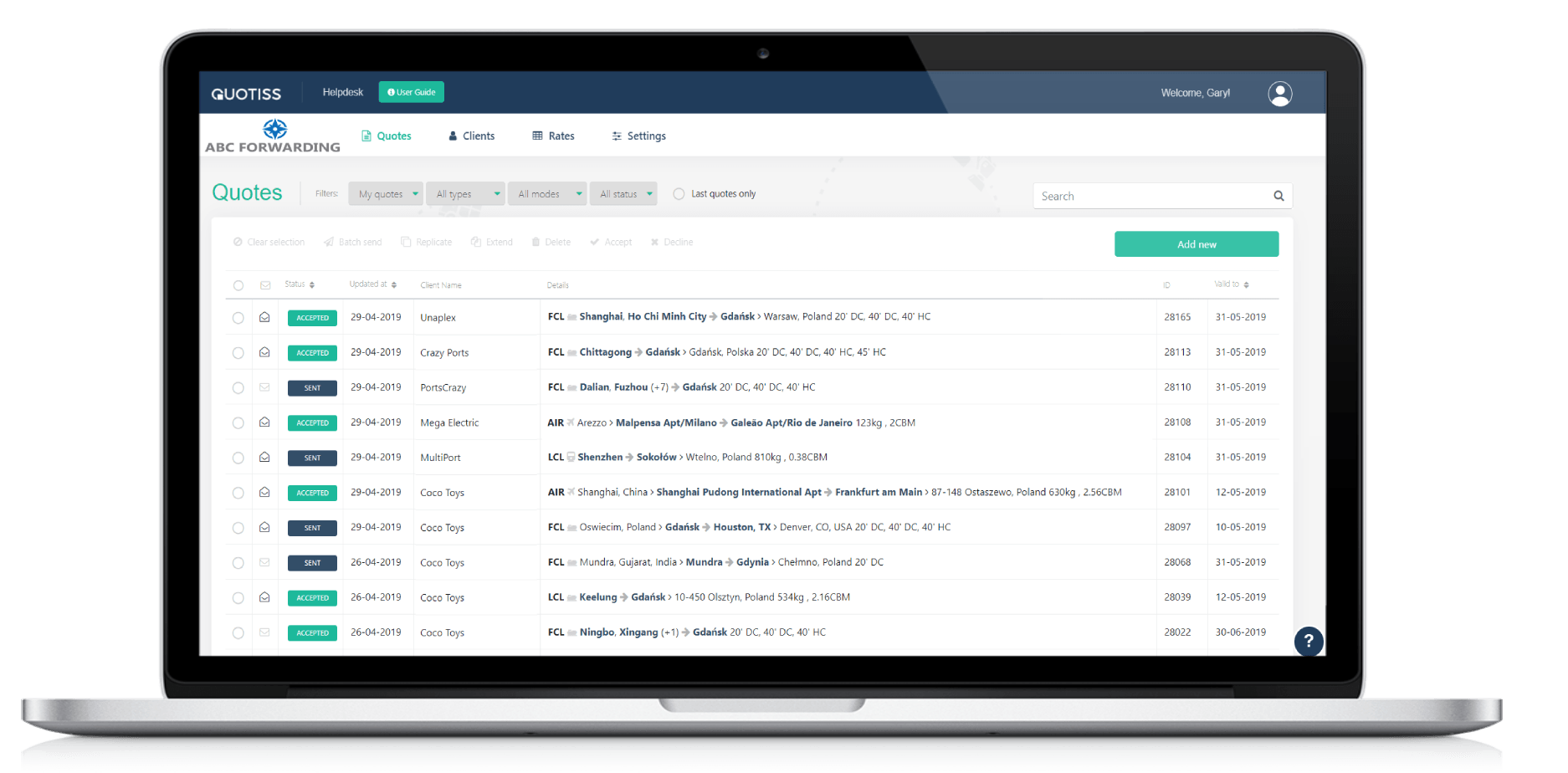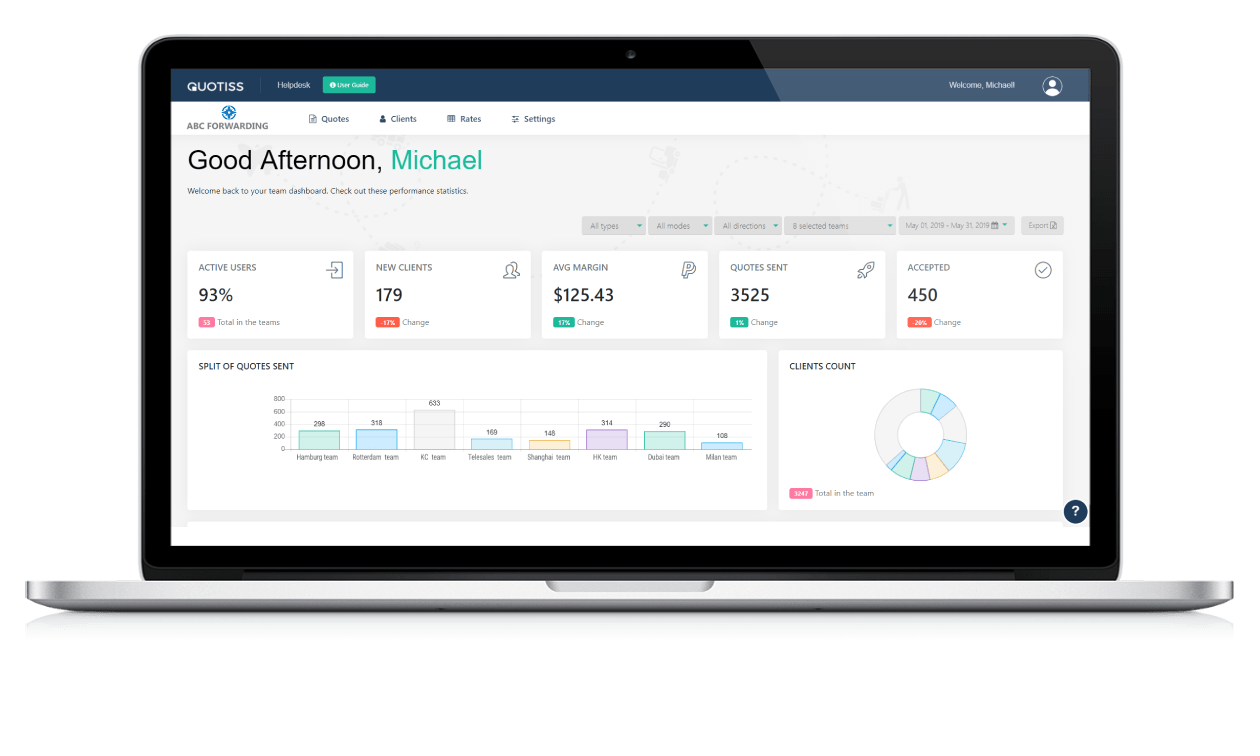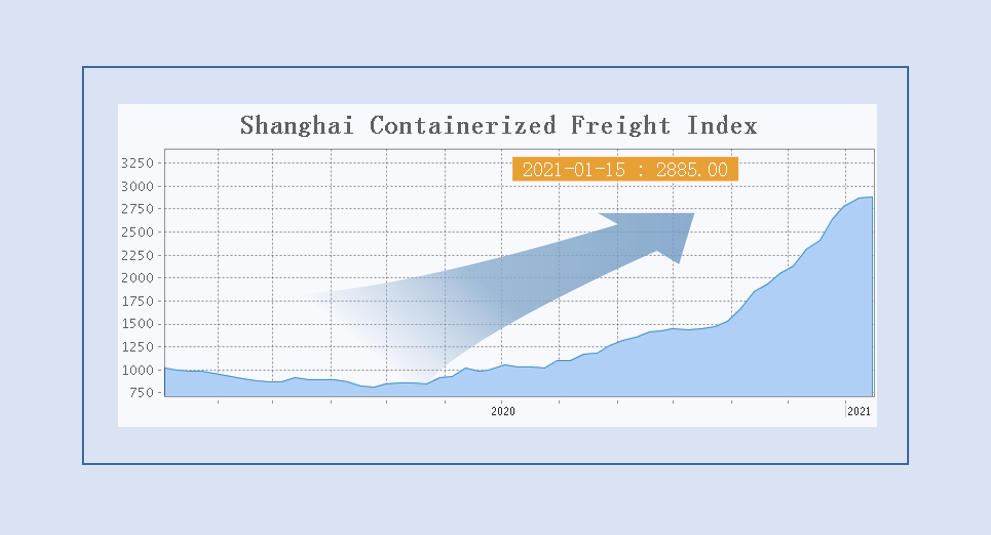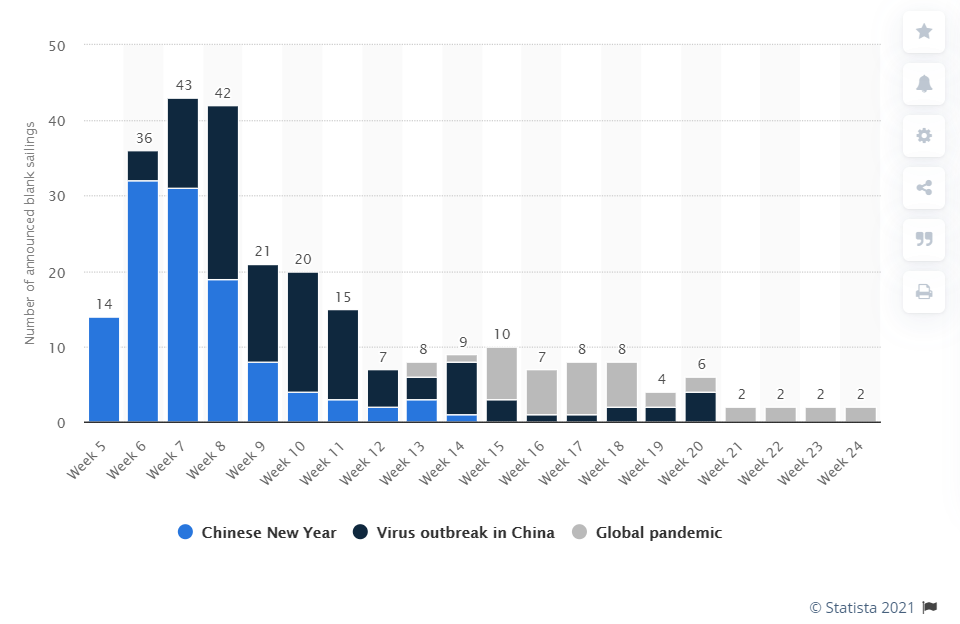Quick Guide to Logistics Software Acronyms
In this article, we will solve the riddles coded into the logistics software acronyms and will try to figure out if a freight forwarder needs a CPQ, QMS, TMS, FMS, ERP, CRM, etc… software solutions, and why.
The Logistics Language
We all know that the freight forwarding industry speaks its own language. There is no shortage of industry-specific terminology, that ‘the outsiders’ do not understand. And let’s admit it, people in the logistics industry love acronyms!
When I demonstrate Quotiss software to a potential client, I always mention at the beginning of our call, that I do speak the ‘logistics language’ – it makes the person on the other side much more comfortable 😊
During my 10-year career in Maersk, my acronym vocabulary grew by x1000. Most of it came from the time in vessel operations dept., where we used acronyms to communicate with the ship crew via the satellite. My favorite one was this standard email text from the ship: “cnf eta agw wp rgds”. Yes, it’s a meaningful sentence. Any guess?
Logistics Software Acronyms
The list of acronyms is not fixed, and every year we learn something new (like COVID-19, for example). I have no purpose to go over the standard list of the logistics terms – you know them better than me. Instead, we will review the list of acronyms for the software products marketed for the logistics business. The list is growing every year, so it’s getting hard to navigate in these 3-letter codes.
Here are the top 6 logistics software acronyms:
- CPQ
- QMS
- CRM
- ERP
- FMS
- TMS
Now, let’s go through the details and check what it means, what is the purpose, and do you need it as a freight forwarder.
CPQ (or QMS) Software
- What does CPQ (QMS) mean?
CPQ stands for Configure, Price, Quote. QMS stands for Quote Management System (do not confuse with the Quality Management System, which also exists out there).
- What is the purpose of CPQ (QMS)?
It is typically used to produce accurate quotes for complex and configurable products, much like the freight quotes. The overall purpose of CPQ system is to make your sales process efficient, productive, and successful. QMS is a limited version of a CPQ, where the ‘Configure’ part is missing and the ‘Price’ part may not be automated as a result.
- Do I, as a freight forwarder, need CPQ software?
Yes, of course! By the way, Quotiss is a typical CPQ software. Visit this blog post to learn more.
CRM Software
- What does CRM mean?
CRM stands for Customer relationship management.
- What is the purpose of CRM?
CRM is used to manage all your company’s relationships and interactions with customers, active accounts, and potential (or sales leads). When someone talks about CRM, they usually mean a CRM software system, a tool that helps with contact management, sales management, productivity stats, and more.
- Is CRM software part of CPQ software?
CRM can be part of the CPQ software, enabling a seamless connection between your contracts and tariff rates, freight quotes & customer database, turning product configuration, pricing, and quote generation into an integrated part of the sales process.
- Do I, as a freight forwarder, need a CRM?
Yes, of course! By the way, Quotiss has CRM essentials built into our standard product. Only the core features, no-nonsense. Visit this blog post to learn more.
ERP Software
- What does ERP mean?
ERP stands for Enterprise Resource Planning.
- What is the purpose of ERP system?
ERP is a software platform that allows a company to use a number of integrated software modules. Modules within the ERP will usually include procurement, sales, ordering, invoicing, and accounting among others. The most common ERP systems in the world are SAP, Oracle, IBM, etc.
Overall, ERP is that enormous integrated database of everything, which took a very long time to configure and implement in every team in your organization, and nobody really likes it.
- Do I, as a freight forwarder, need an ERP system?
Well, that depends on the size of your organization. Large companies often have no choice but to get (stuck with) an ERP system. SMBs, on the other hand, are more lucky.
FMS (or TMS) software
- What do FMS and TMS mean?
FMS stands for the Freight (Forwarding) Management System, and TMS stands for Transport Management System.
- What is the purpose of FMS system?
FMS (or TMS) is similar to the ERP: a modular platform across all freight forwarding business processes. A difference between FMS and ERP is that FMS is made for freight forwarding, and ERP is a global standard for all industries. FMS software enables planning, execution, and reporting of transport movements within the supply chain. The most famous TMS system in the world of logistics is Cargowise. But there are plenty of local solutions on the market, too.
- Do I, as a freight forwarder, need FMS (TMS)?
Rather, yes. Again, that depends on the size of your organization. Large forwarders often have no choice but to implement Cargowise globally. SMBs, on the other hand, are more flexible and can choose a local solution that fits their business needs.
- Can CRM and CPQ software solutions be a part of FMS?
It is possible. FMS usually provides a standard solution for every business process in the supply chain. But most of the time, it’s just not good enough.
Software Toolbox for Freight Forwarders
COVID-19, among other things, gave freight forwarders a “quantum leap” in digitization. With the freight rates being at an all-time high for a few months, the freight forwarders generated remarkable profits. Many started looking at digitalization, as a way to allocate those profits, investing into the future gains. We see this new trend from an increasing number of Quotiss demo requests we get from our Online Form.
The new software solution can be a great investment – it can help your business to stay afloat or even boost it, by increasing productivity and simplifying the collaboration (especially for the ‘work from home’ scenario). But it’s easy to overdo it, and swamp your team with a multitude of tools to check / fill in / update / monitor.
If you are sure that your team needs another digital tool, please make sure that you are familiar with one more acronym (the last one for today):
API Integration
- What does API mean?
API stands for Application Program Interface.
- What is the purpose of API?
In simple words, API is a software intermediary that allows a few applications to talk to each other. API delivers your request from software (1) to software (2) and then delivers the response back to you, in a format that software (1) can process. In the context of our article, API can connect the interface between your CRM, CPQ and TMS systems. It will still be 3 separate software solutions, communicating and working as a team.
- Do I, as a freight forwarder, need my software solutions to support API?
Yes, of course! By the way, Quotiss can connect with your FMS via API (as long as your FMS has the API enabled). Get in touch to get a copy of our API documentation.

